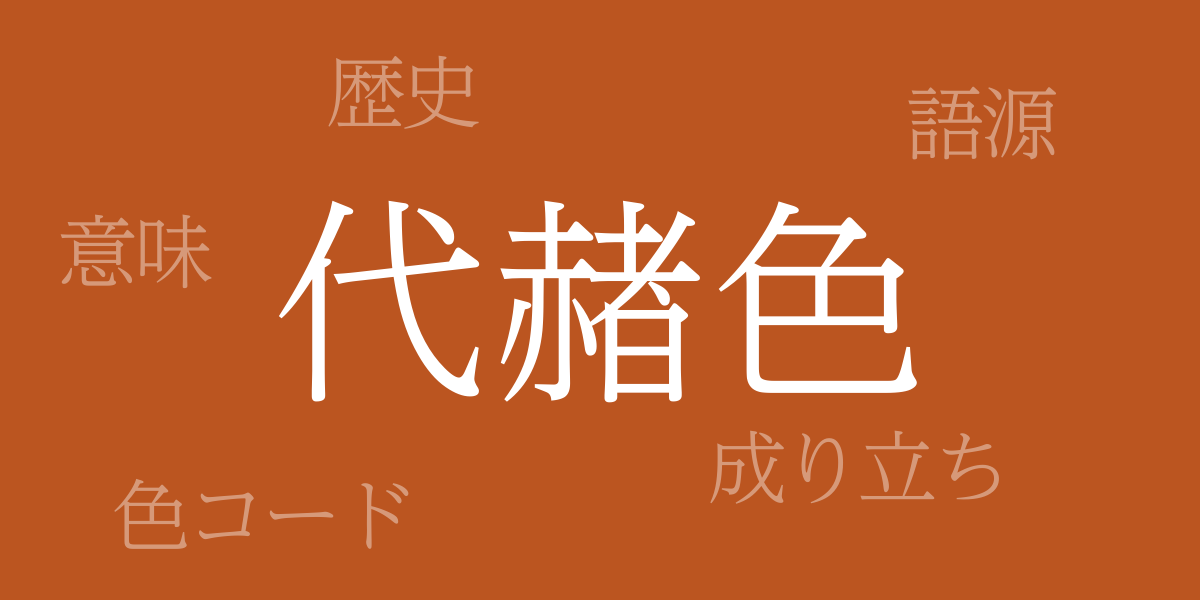Japan’s seasons show a rich palette of colors that has been celebrated worldwide. These natural transitions have greatly influenced traditional Japanese colors. Among them, “Taisha-iro (代赭色 – たいしゃいろ)” stands out with its unique depth and calmness, cherished throughout Japanese culture for a long time. This article explores the allure of Taisha-iro, examining how this color captivates our hearts, its history, color codes, and its names in Western contexts.
About Taisha-iro (代赭色 – たいしゃいろ)
Taisha-iro (代赭色 – たいしゃいろ), a reddish-brown color reminiscent of earth, exudes warmth yet imparts a serene impression. Commonly used in traditional Japanese architecture, crafts, and also in tatami mats and shoji screens, it adds a touch of Japanese aesthetic to spaces. It is also prevalent in traditional attire such as kimonos and obis, playing an essential role in the color schemes used for different seasons and occasions.
The History of Taisha-iro
The use of Taisha-iro dates back to ancient times, with evidence of its use as early as the Nara period. By the Heian period, it was popular among the nobility and became established as a high-status color. Over time, it permeated into the lives of commoners, and by the Edo period, it was even used in the garments of firefighters. Taisha-iro has evolved through Japanese history, deeply intertwining with the lives of the people and shaping their sense of color.
Color Code of Taisha-iro
In digital design and web applications, accurate color reproduction of Taisha-iro is essential. Below are the color codes for Taisha-iro:
- HEX: #BB5520
- RGB: R:187 G:85 B:32
- CMYK: C:33 M:78 Y:100 K:1
Western Names for Taisha-iro
In English, Taisha-iro is sometimes referred to as “Ochre” or “Raw Sienna.” These terms derive from natural earth and clay pigments, which have a similar appearance to Taisha-iro. In the fields of art and design, these Western names are commonly used to describe this color.
Conclusion on Taisha-iro
Taisha-iro has been nurtured as part of Japanese culture alongside its history. Its earthy warmth and soothing qualities not only draw the Japanese heart but also play a crucial role in creating tranquil Japanese spaces. Even today, its charm is being rediscovered in both traditional and modern designs, ensuring that it continues to be passed down in new forms. Understanding Taisha-iro enriches our appreciation of Japanese culture and its sophisticated color sensibilities.

























